Shipping Container Homes: What You Need to Know
Shipping container homes are increasingly becoming a popular choice for many people across the world due to their affordability and availability. Here is what you need to know if you're considering getting one.
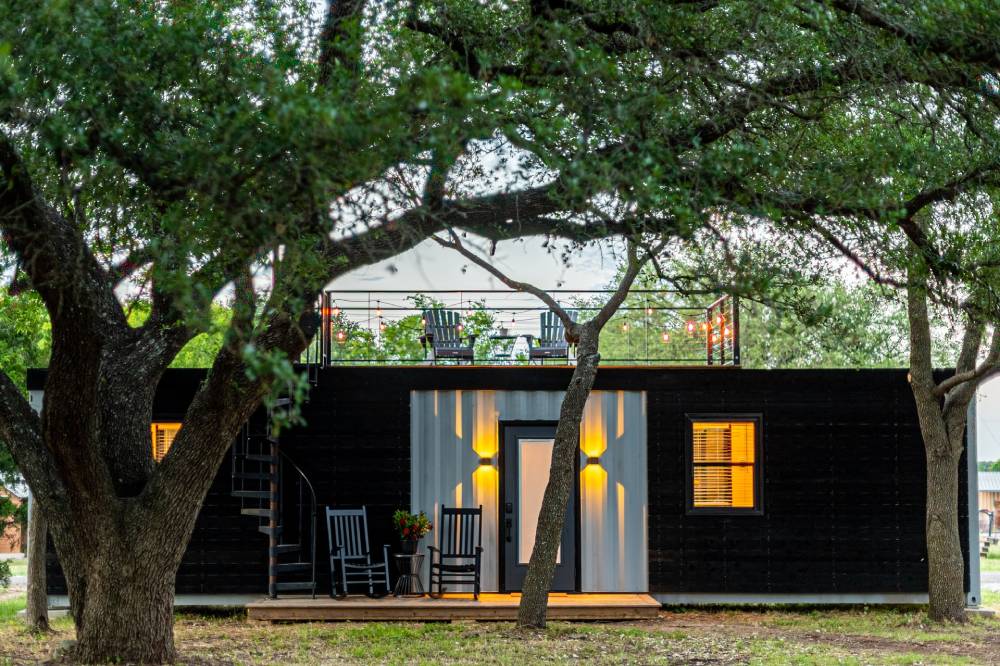
Shipping container homes are increasingly becoming a popular choice for many people across the world due to their affordability and availability. In addition to being cost-effective, these types of homes are considered more sustainable housing options. They can also be quickly assembled, making them a good choice for situations when housing needs to be provided quickly and efficiently.
These types of homes can be custom-designed to meet your specific needs. You can go small or combine several containers to create a larger home. When considering a container home, there are some things to keep in mind. In this post, we look at shipping container homes, what makes them popular and what you should consider before getting one for yourself.
What's in this post:
What is a shipping container home?
How big are shipping container homes?
What are the pros of container homes?
What Is a Shipping Container Home?
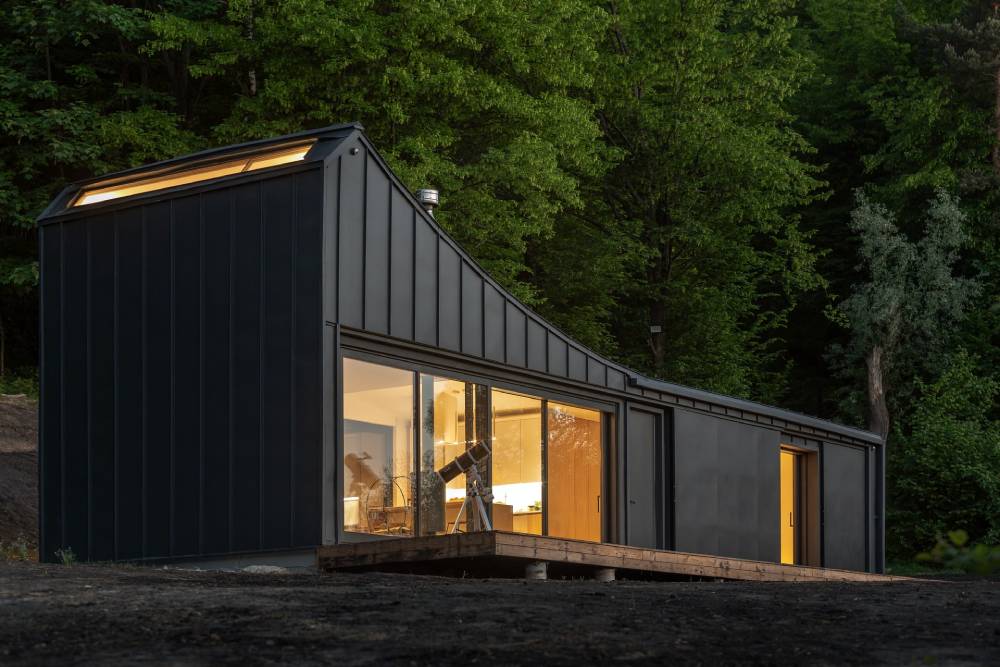
A shipping container home is a dwelling made from a shipping container or multiple shipping containers. These homes can be either prefabricated or custom-built. They are becoming increasingly popular as a more sustainable and affordable alternative to traditionally built homes.
Shipping containers are made from weathering steel, making them incredibly durable and low maintenance. They are also modular so that they can be easily transported and assembled on-site. Shipping container homes can be adapted to any climate and terrain, making them ideal for those who want to live off the grid.
As shipping containers are widely available, they are relatively inexpensive as building materials. Whether you're looking for a primary residence or a vacation home, a shipping container home might be the perfect fit for you.
How big are shipping container homes?
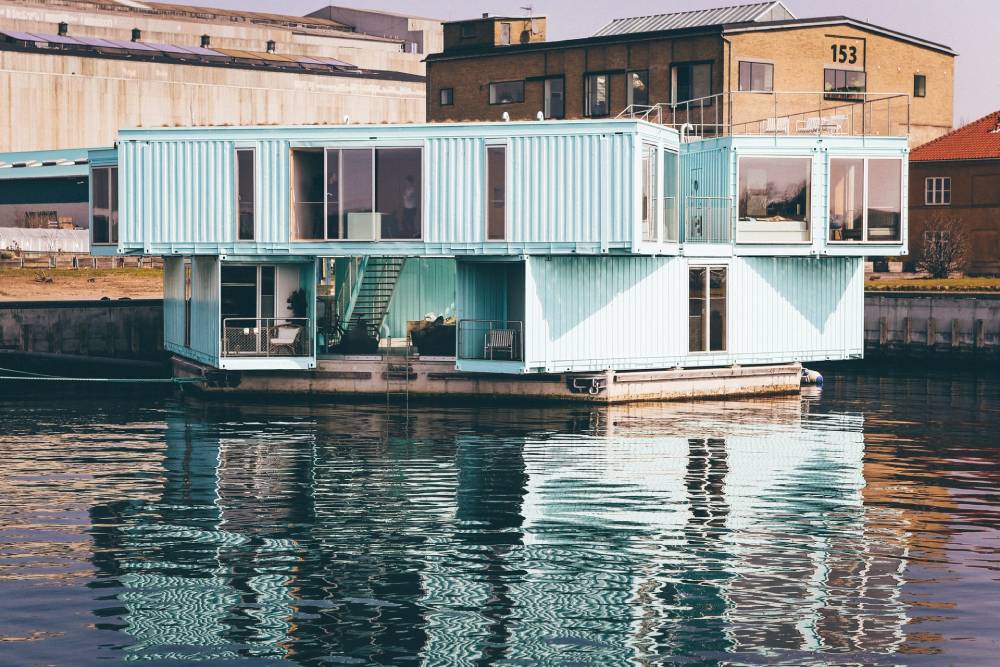
Shipping container homes are made from intermodal steel containers. They come in two sizes that can be used as-is or configured to create larger space. Most containers are 20 feet by 8 feet or 40 feet by 8 feet. The smaller containers can offer 160 square feet of living space, while the larger ones provide 320 square feet.
Shipping containers can be stacked on top of each other to create a more vertical living space. You can also use shipping containers to create dwellings that house multiple independent units.
What are the pros of container homes?
More affordable than traditional homes. While the cost of a container home will vary depending on size, design and layout, this option is generally a more cost-effective housing option. Shipping container homes are smaller and often come pre-fabricated, making them more affordable and accessible.


Fast and easy assembly. Pre-assembled homes are often done offsite and inside large hangers that make construction faster. If you have all the necessary materials on hand, it is possible to construct a shipping container home in just a few days. This is a significant benefit if you need to move into your new home quickly or live in an area where housing is in high demand.
A more environmentally friendly option. Container homes are made from repurposed shipping containers no longer used to carry cargo. Therefore, buying them and converting them into living spaces is considered more sustainable as they use fewer land resources and raw materials.
Durable and low maintenance. Shipping containers are made of durable corten steel that can withstand different temperatures and weather conditions. This construction material also requires less maintenance and can be used in different climates.
What are the cons of container homes?
Issues with permits and building permits. The downside of shipping container homes is that they are not recognized as valid forms of housing by local municipal authorities. This might make it challenging to obtain the necessary permits and might not be permissible in your area. Always do your research and work with a shipping container home builder who is familiar with the permitting process in your area.
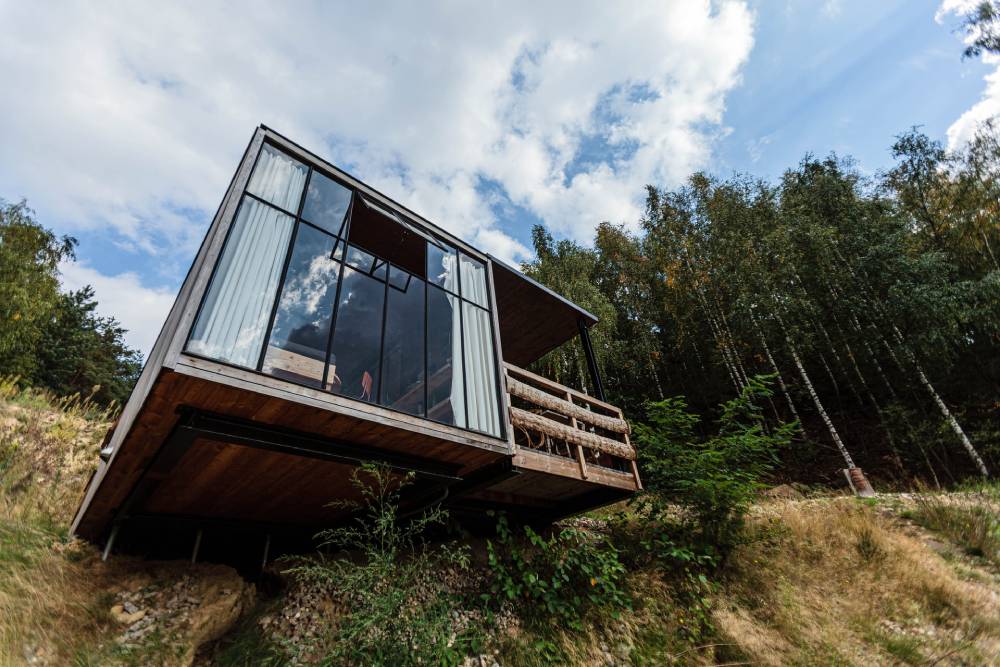

Costs can add up. The modular nature of shipping containers means that they can often be sourced and used at a lower price. However, it is essential to note that shipping container homes will still likely require additional costs for finishes, appliances and other features that will make your home livable.
Not great for all climates. Another downside of shipping container homes is that they can be difficult to insulate. This is because shipping containers are made from metal, which is an excellent conductor of heat and cold. As a result, shipping container homes can be sweltering in the summer and very cold in the winter. Some insulation options are available for shipping container homes, but they can be expensive.
Not always eco-friendly. Containers that have been damaged or were treated with chemicals can be dangerous if not cleaned properly. Using new containers that can still be used for shipping instead of ones that have reached their retirement age is not the same as repurposing old ones.
What to keep in mind when choosing a container home
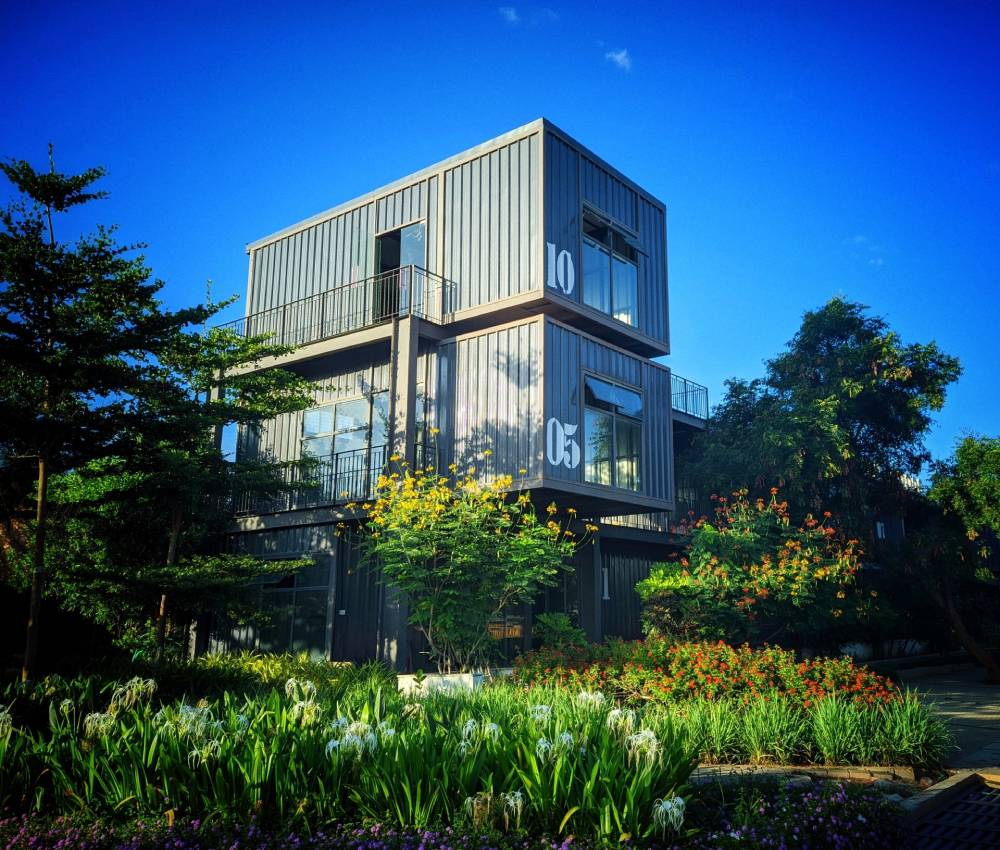
Although shipping containers are less expensive than other construction materials, they still need to be properly insulated and outfitted with electrical, plumbing, and HVAC systems. This can add up quickly, so be sure to factor in the cost of these materials and services when budgeting for your shipping container home.
Another thing to consider is the design of your shipping container home. You can customize these homes to meet your specific needs. Still, it's important to work with a qualified architect or engineer to ensure that your home is safe and up to code.
Keep the following in mind before shipping container homes:
- The cost of shipping containers, materials and services.
- The need to work with a qualified architect or engineer.
- Building codes and regulations.
- The potential for noise pollution.
- The need for a foundation.
- The shipping container homes should be designed to meet your specific needs.
Conclusion
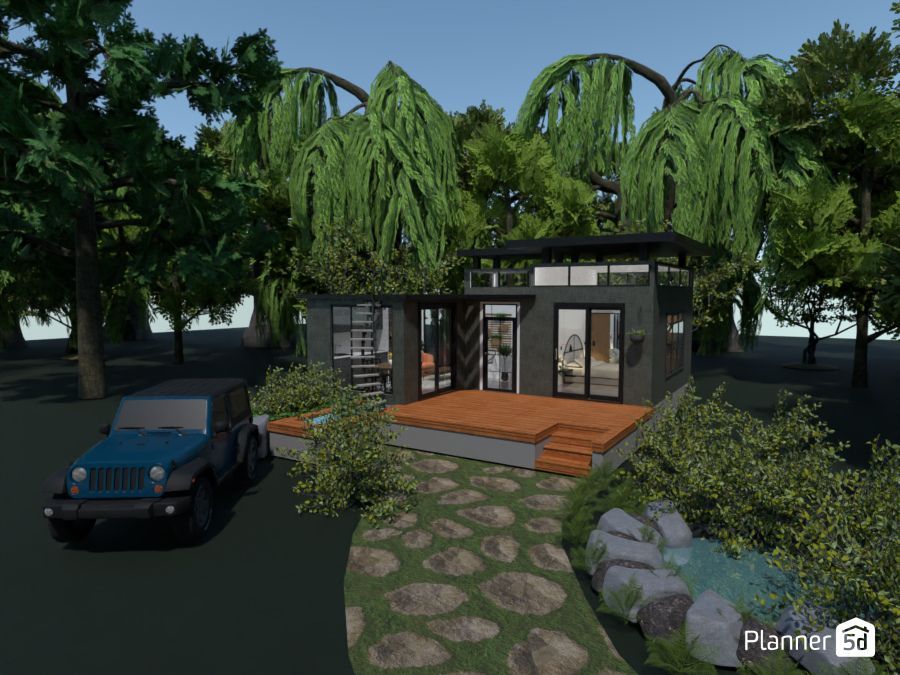
Shipping container homes can be a great alternative to traditional homes, but they come with their own set of challenges. Be sure to do your research and work with a shipping container home builder familiar with the permitting process in your area to make sure that your shipping container home is up to code.
Want to try designing your own shipping container? Check out our Design of the Week: Container Home for inspiration and create your own.
